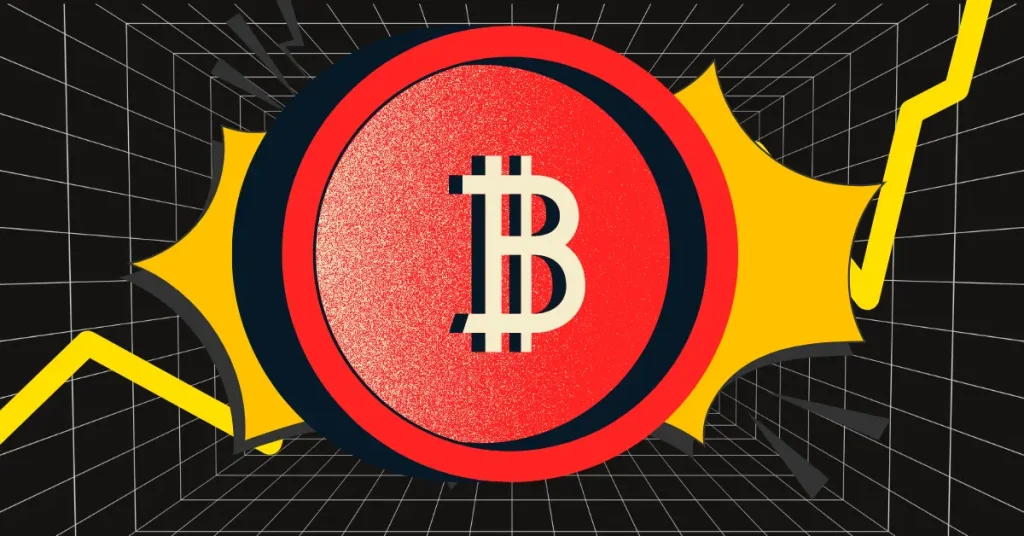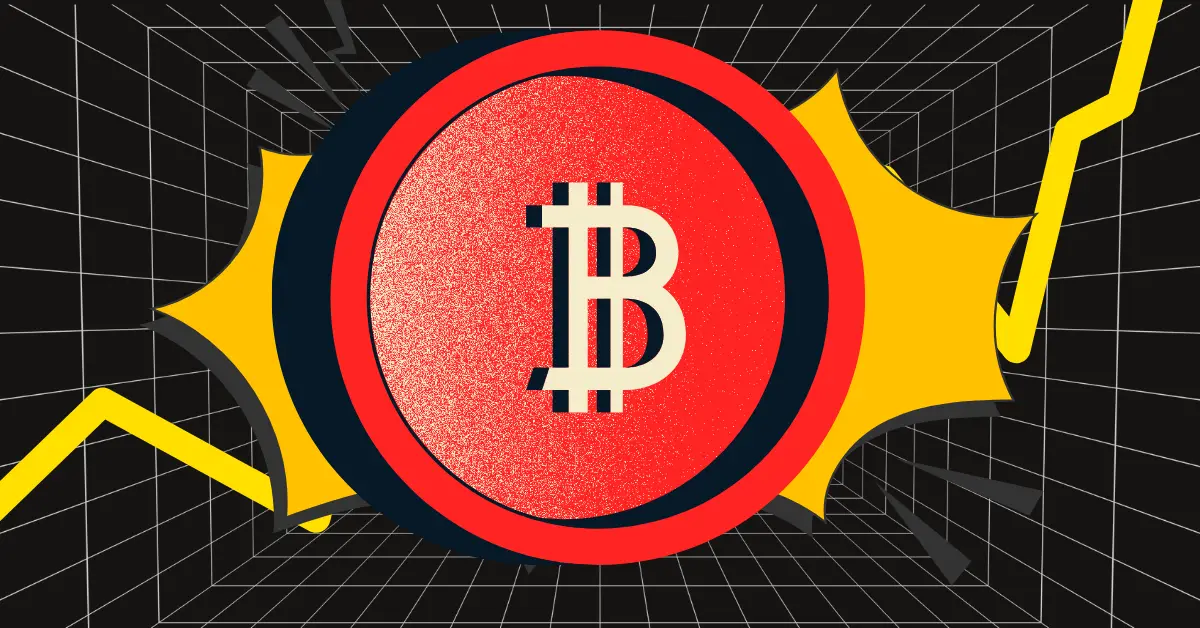
Understanding the Coinbase Premium: A Key Indicator of U.S. Bitcoin Demand
Introduction to the Coinbase Premium
The Coinbase Premium is a critical metric that provides valuable insights into the relative strength of Bitcoin demand within the United States. This premium is calculated by comparing the price of Bitcoin on Coinbase, a major exchange with a significant U.S. user base, to its price on Binance, a global exchange. The difference in price between these two platforms serves as a barometer for the buying pressure of U.S. investors compared to the global market.
When the Coinbase Premium is positive, it indicates that Bitcoin is trading at a higher price on Coinbase, suggesting stronger buying pressure from U.S. investors. Conversely, a negative premium implies that Bitcoin is cheaper on Coinbase, signaling weaker demand from within the United States. This metric is particularly important because it reflects the sentiment and activity of U.S. investors, who play a significant role in the broader cryptocurrency market.
The Significance of a Negative Coinbase Premium
A negative Coinbase Premium carries several important implications for the cryptocurrency market. Firstly, it suggests a decline in buying pressure from U.S.-based investors. This could be due to a variety of factors, including reduced speculative interest, concerns about regulatory developments, or a shift in investment strategies. A negative premium can also indicate potential price corrections in the Bitcoin market, as reduced demand in a significant market like the U.S. can exert downward pressure on prices.
Moreover, a negative premium can contribute to a broader sense of unease within the market. Investors may interpret it as a sign of waning confidence and adopt a more risk-averse approach. This can lead to increased selling pressure, as U.S. investors may be offloading BTC at a discount compared to other global exchanges. Understanding these implications is crucial for investors and analysts seeking to navigate the volatile cryptocurrency market.
Factors Contributing to the Negative Shift
Several factors may have contributed to the recent shift of the Coinbase Premium into negative territory. One significant factor is diminished speculative buying. The initial surge in Bitcoin’s price earlier in the year was fueled, in part, by significant speculative buying activity. As the market has consolidated and experienced periods of volatility, this speculative fervor may have cooled down, leading to a decrease in buying pressure on Coinbase.
Another contributing factor is the slowing of ETF inflows. The introduction of Bitcoin ETFs in the U.S. was initially met with considerable enthusiasm, driving substantial inflows into these investment vehicles. However, the pace of these inflows has slowed in recent weeks, potentially indicating a more cautious approach from institutional investors. This slowing of ETF inflows can contribute to a negative Coinbase Premium, as it suggests a decrease in demand for Bitcoin exposure among institutional investors.
Additionally, selling pressure from U.S. Bitcoin miners may have played a role in the negative shift of the Coinbase Premium. Some reports suggest that U.S. Bitcoin miners, such as Riot, have been contributing to the selling pressure. This could be due to factors like increased energy costs or the need to liquidate holdings to cover operational expenses. The selling pressure from miners can exacerbate the negative premium, as it indicates a decrease in demand for Bitcoin within the U.S.
Regulatory uncertainty is another factor that may have contributed to the negative shift of the Coinbase Premium. The regulatory landscape surrounding cryptocurrencies in the United States remains somewhat uncertain. Ongoing debates and potential policy changes may be weighing on investor sentiment and contributing to a more conservative approach. This regulatory uncertainty can lead to a decrease in buying pressure on Coinbase, as investors may be hesitant to enter the market until there is greater clarity.
Lastly, profit-taking by U.S. investors may have contributed to the negative shift of the Coinbase Premium. Following a period of significant gains, some U.S. investors may have opted to take profits, contributing to the selling pressure on Coinbase. This profit-taking can lead to a decrease in the Coinbase Premium, as it indicates a shift in investor behavior from accumulation to distribution.
Is U.S. Demand Collapsing?
While the negative Coinbase Premium undoubtedly signals a weakening of U.S. demand, it is premature to conclude that demand is collapsing entirely. The cryptocurrency market is inherently cyclical, and periods of exuberance are often followed by periods of consolidation or correction. The current negative premium could simply represent a temporary pullback as the market digests recent gains and adjusts to evolving conditions.
However, the negative premium does warrant close attention. If it persists for an extended period, it could indicate a more fundamental shift in U.S. investor sentiment, potentially leading to a more prolonged period of price weakness. Monitoring the duration and depth of this negative premium, alongside other key indicators such as ETF flows and regulatory developments, is vital for navigating the inherent uncertainties of the cryptocurrency market.
Historical Context and Comparisons
Analyzing historical data can provide valuable insights into the significance of the current negative Coinbase Premium. Examining past instances of negative premiums, their duration, and their subsequent impact on Bitcoin’s price can help investors gauge the potential implications of the current situation. It is crucial to consider the broader market context during these historical periods, including factors such as regulatory developments, macroeconomic conditions, and overall investor sentiment.
For example, during previous market cycles, negative Coinbase Premiums have often been followed by periods of price consolidation or correction. However, these periods have also been characterized by significant volatility and rapid shifts in market sentiment. Understanding the historical context of the Coinbase Premium can help investors better anticipate potential market movements and make more informed decisions.
The Role of Bitcoin ETFs
The introduction of Bitcoin ETFs has significantly altered the landscape of Bitcoin investing in the United States. These ETFs provide a more accessible and regulated avenue for institutional and retail investors to gain exposure to Bitcoin. The performance of these ETFs, particularly the volume of inflows and outflows, can offer valuable clues about the underlying demand for Bitcoin in the U.S.
A sustained period of ETF outflows could exacerbate the negative pressure indicated by the Coinbase Premium. Conversely, a renewed increase in ETF inflows could signal a resurgence in U.S. demand for Bitcoin. Monitoring the performance of Bitcoin ETFs is crucial for understanding the broader market dynamics and the potential impact on the Coinbase Premium.
What Needs to Happen for a Reversal?
For the Coinbase Premium to revert to positive territory and signal a resurgence in U.S. demand, several factors would likely need to align. Firstly, a catalyst such as a positive regulatory development or a significant technological breakthrough could reignite speculative buying activity and drive demand on Coinbase. Positive regulatory developments, such as clearer guidelines or favorable policy changes, could alleviate investor anxieties and encourage greater participation in the market.
Additionally, a sustained increase in inflows into Bitcoin ETFs would indicate renewed institutional and retail interest in Bitcoin exposure. Increased ETF inflows can signal a shift in investor sentiment and contribute to a positive Coinbase Premium. Furthermore, easing of regulatory concerns and a more favorable regulatory environment could boost investor confidence and drive demand.
Lastly, a general improvement in market sentiment, driven by factors such as positive macroeconomic data or successful adoption of Bitcoin by major corporations, could boost investor confidence and drive demand. Positive market sentiment can lead to increased buying pressure on Coinbase, contributing to a positive Coinbase Premium.
Conclusion: Navigating the Uncertainties
The negative Coinbase Premium serves as a crucial indicator, spotlighting a potential cooling of U.S. Bitcoin demand. While not necessarily indicative of a total collapse, it does suggest a shift in market dynamics that demands careful consideration. Monitoring the duration and depth of this negative premium, alongside other key indicators such as ETF flows and regulatory developments, is vital for navigating the inherent uncertainties of the cryptocurrency market.
Understanding the forces behind the Coinbase Premium is key to making informed decisions in a rapidly evolving market. Ultimately, the future trajectory of Bitcoin’s price will depend on a complex interplay of factors, with U.S. demand playing a significant, but not solitary, role. By staying informed and vigilant, investors can better navigate the uncertainties of the cryptocurrency market and make more strategic decisions.





